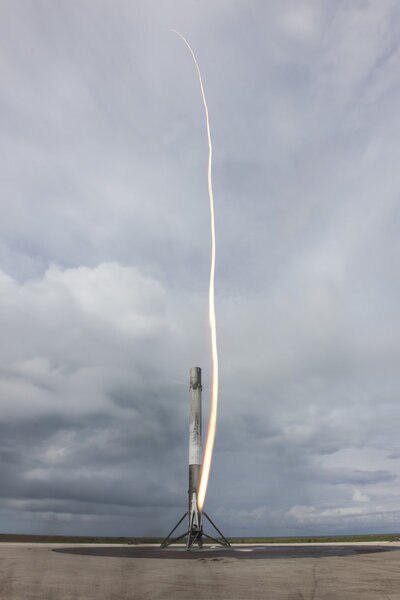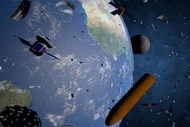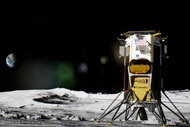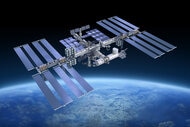Create a free profile to get unlimited access to exclusive videos, sweepstakes, and more!
Amazing video: A SpaceX Dragon blows its cover
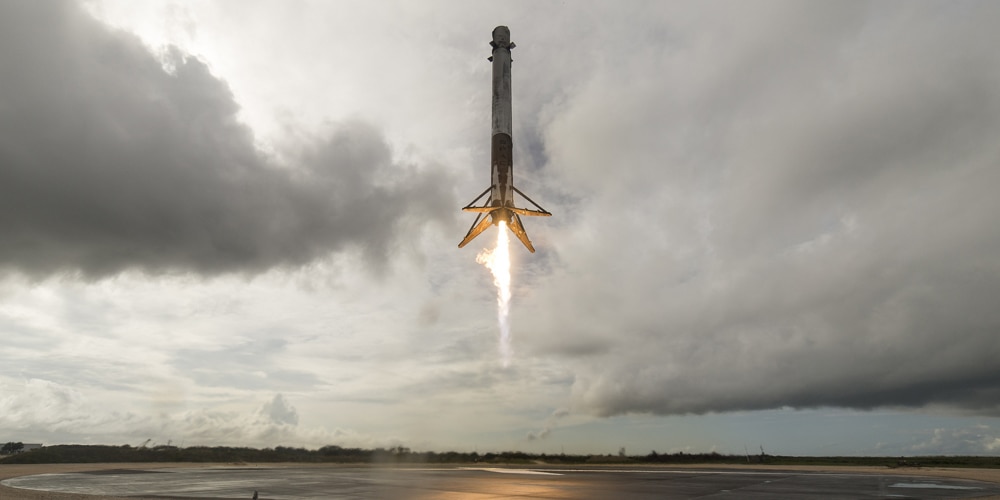
Thierry Legault is one of my favorite astrophotographers on the planet. He has a very interesting specialty: catching orbiting objects on video, usually as they pass something else (like transiting the face of the Moon or the Sun).
His latest is pretty dang cool: He recorded the SpaceX Dragon capsule as it passed over France about 20 minutes after the Falcon 9 launched it into orbit earlier this week. But there’s more. He got video of it not long after it separated from the rocket’s second stage, and just after it jettisoned the panels that covered the capsule’s solar panels. You can see all four objects in his video:
Amazing! There are a few things to note here.
First, this mission is CRS-11, the second-to-last of a dozen NASA-commissioned flights of a Dragon to resupply the International Space Station. It contains scientific equipment, crew supplies and hardware for ISS. It launched on June 3, 2017, and berthed with ISS on June 5. It’ll stay with ISS until July; after that it will come back to Earth.
During its two-day voyage to match orbits and rendezvous with ISS, the Dragon needs power, so it deploys a pair of extensible solar arrays. During launch these are covered to protect them, but the covers are jettisoned not long after the Dragon itself is deployed from the second-stage booster. If you find that hard to picture, never fear: SpaceX has a Vine video showing this from an April 2015 flight:
This footage was taken from the nearby second-stage booster, which was equipped with a camera so that engineers (and us) could watch the covers blow and the panels extend.
During Thierry’s video, there are puffs of light emanating from the second-stage booster. The booster is equipped with “cold gas” jets, basically compressed gas that can be released to turn and maneuver the rocket (in other words, these aren’t hot rocket burns, but much lower-thrust events). It’s not clear what the jets were used for here; it could be to move the stage back from the Dragon, to start the maneuver that would drop it back down to Earth and burn up in the atmosphere, or to turn the stage so it could get a better view of the capsule for its camera.
Mind you, what you’re seeing is all that hardware flying several hundred kilometers over Thierry’s head as it passed him at about 30,000 kilometers per hour!
And that’s not all. This mission was very important: For the first time in history, a private company has sent a spacecraft to the ISS twice! This very same Dragon capsule flew there in September 2014 as part of the CRS-4 mission. Once it came back to Earth, it was cleaned up, checked out, refurbished and sent back up. This is yet another demonstration that SpaceX can save on launch costs by reusing its hardware.
Incidentally, the first stage booster landed back at Kennedy Space Center after launching the second stage and Dragon into space. SpaceX posted a tremendous shot of this, unlike any you’ve seen:
I love that! It’s a time exposure of the event, exposed carefully so you can see the trail of flame as the booster descended. I suspect the flame from the final moments before touchdown was blocked by the exhaust smoke, and then once the smoke cleared the camera started to build up the image of the booster in repose.
If you want video of this event, a SpaceX drone took very high-res footage of the booster as it landed. Make this full screen, set the resolution to the max your monitor can handle, and watch this! I suggest running it at 0.25 or 0.5X speed, too, to really see what’s what:
I watched this streaming live, and it was thrilling, as always. Interestingly, right after, Elon Musk tweeted this:
That’s the point, isn’t it? Make this safe, easy and routine. SpaceX is well on its way there. And there are others moving in this direction as well, most notably Jeff Bezos and Blue Origin. There’s a long way to go, but this is a very promising start.
When I was a kid, I was raised on science fiction movies that showed routine rocket flights, including those gorgeous Chesley Bonestell-inspired silver darts landing somewhere vertically.
But it’s not science fiction anymore. Per ardua ad aspera.
Image Credit: SpaceX
